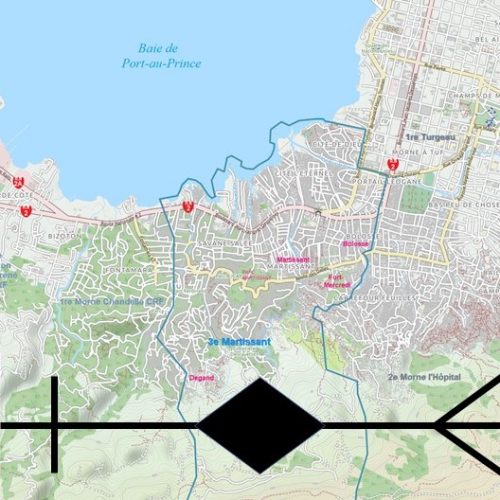I ordered Steven Koonin’s Unsettled? more out of perversity than honest curiosity. It was a vote for a skeptic, for a man labelled a “denier” and thus worthy of canceling. I was wrong on several counts: it is holding on Amazon with a fairly high rating, and, I was able to get something out of it. He clearly wants to reach people like me, bewildered by charts and graphs. The tables are there, but his style and analogies accessible. (Which means it is dumbed down, but I appreciate his desire for a larger audience.) He has some of the commonsense of Lomborg: practical, prioritizing what is certain, seldom emphasizing the “wrong” and more often the imprecise, the unknown. Some reviewers found him full of himself, but his voice is that of a close reader, looking at the body of reports, comparing assertions and data with the summaries and interpretations. I assume his readings are honest and he is a good physicist but what do I know.
What struck me were the assumptions of a method he promotes, one other disciplines use and he sees as appropriate. In Chapter 11, “Fixing the Broken Science,” he suggests major reports on climate would benefit from being “Red Teamed.” The “Red Team” critiques it, “trying to identify and evaluate its weak spots,” “a qualified adversarial group would be asked ‘What’s wrong with this argument?’” Then the authors, the “Blue Team” rebuts, seeking more information, firming up arguments, gaining precision. He looks at examples where a report’s data did not support the conclusions or summaries (sometimes leading to popular articles with further overstatements). Perhaps the authors had more data, perhaps the summaries were written by those holding too strong an opinion to let the results stand on their own. Perhaps. . . But, of course, if conclusions don’t match research, that’s important.
Traditionally, peer review even in the humanities is designed to note such problems, but these have been less and less rigorous as more subjective definitions of “truth” evolve (or perhaps of careerism). More importantly, “The Science” (climate consensus) is not limited to the ivory tower; it influences awards of positions, grants, research. And, it affects policy. Seeing “The Science” as “settled” tempts those doing “science.”
